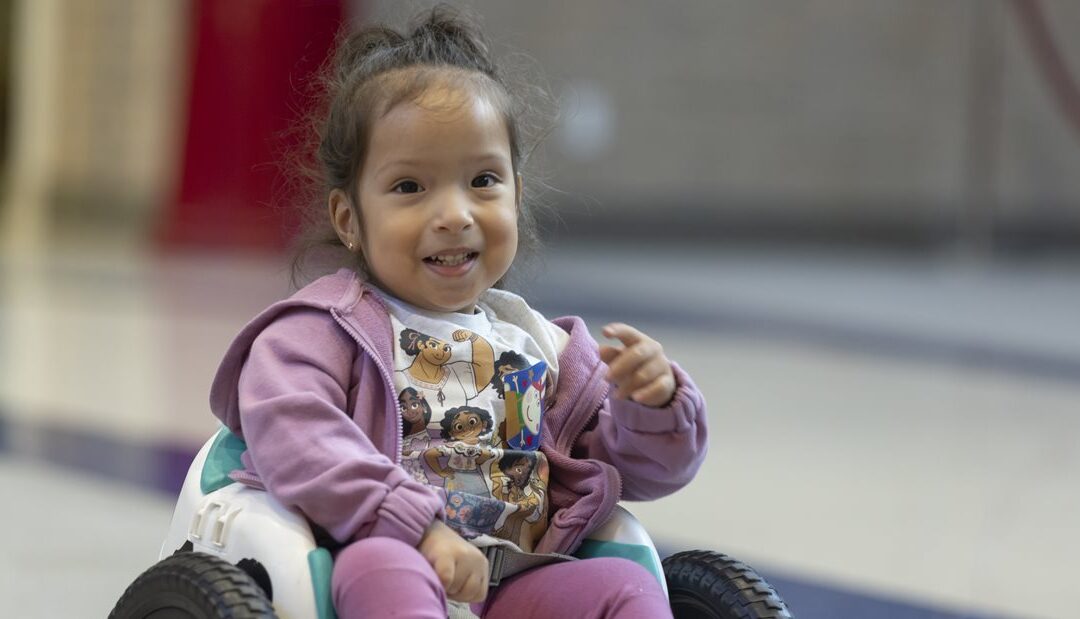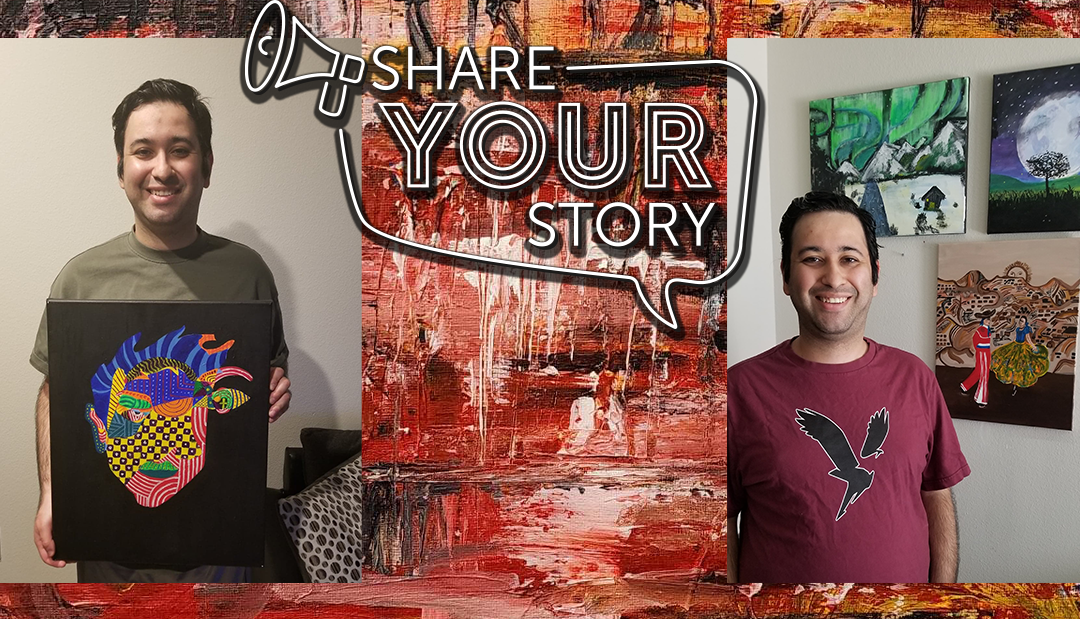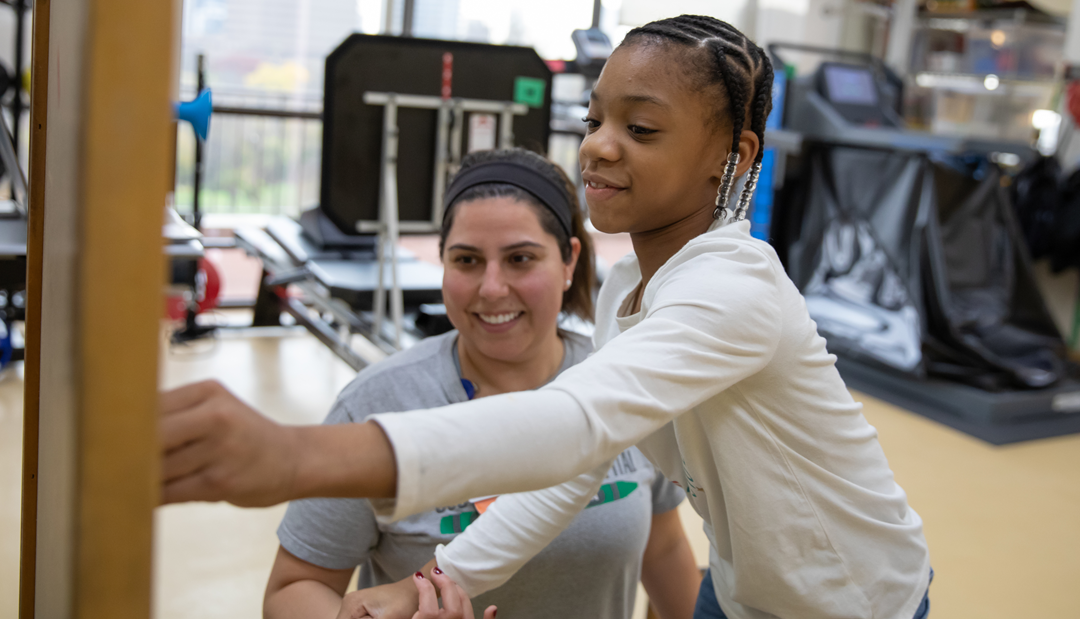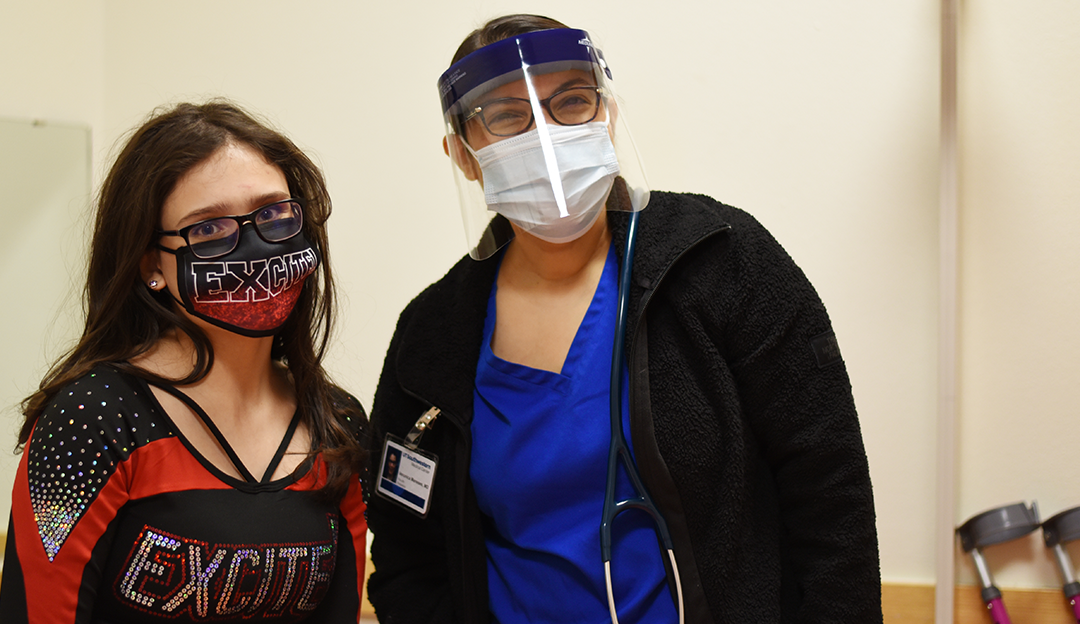
Spina Bifida Won’t Slow Sophia Down!
“I am just like the other kids,” 11-year-old Sophia says. “I just walk and do some things differently!”
At 18 months old, Sophia was diagnosed with spina bifida. Spina bifida is a condition that occurs before birth when a child’s spinal cord is not properly formed. This condition affects other body systems, such as the bladder, bowel and mobility in Sophia’s case. “Hearing the diagnosis of spina bifida was like a gut punch,” Katherine, Sophia’s mom, said. “It was easy to feel alone and overwhelmed, but it doesn’t have to be like that.” They re-located to Dallas and discovered the resources and supportive care Scottish Rite for Children offered spina bifida patients. “After our first appointment here, I was in tears,” Katherine says. “Sophia and our family were finally getting the support we needed.”
Because of its complexity, spina bifida requires a collaborative care team to help each child’s individual needs. Since 2017, Sophia has experienced care from various experts in Physical and Occupational Therapy, Orthotics and Prosthetics, Urology and Neurosurgery. “I have nothing but praise for the staff here,” Katherine says. “They are always so helpful whether it was during appointments or returning phone calls.” Sophia doesn’t mind her longer appointments either. She is always looking forward to visiting her favorite Scottish Rite staff members, like physician Richard Adams M.D., or making time to have fun on the playground.
Sophia faces her condition with fearless determination. Before Sophia was born, there was a high possibility that she would be wheelchair-bound for her entire life. Now, Sophia is moving around with walking devices, learning new skills and adapting her condition to swimming, riding her hoverboard and cheerleading. “She has come a long way from where we started,” Katherine says. “It would be easy for her to settle, but she wants to feel like every other kid.” Since 2022, Sophia has attended Camp TLC. As a camper, she gets to explore new experiences and make friends with other children like her. It’s clear there is no obstacle that Sophia cannot overcome!
Thanks to the unwavering support from her care team and family, Sophia can navigate life with spina bifida confidently. Katherine urges other parents with similar challenges to ask plenty of questions and seek out connections. “I would be lost without the Facebook groups and the amazing parents we’ve met,” Katherine says. “Don’t isolate yourselves; this is a small but incredibly supportive community!”







